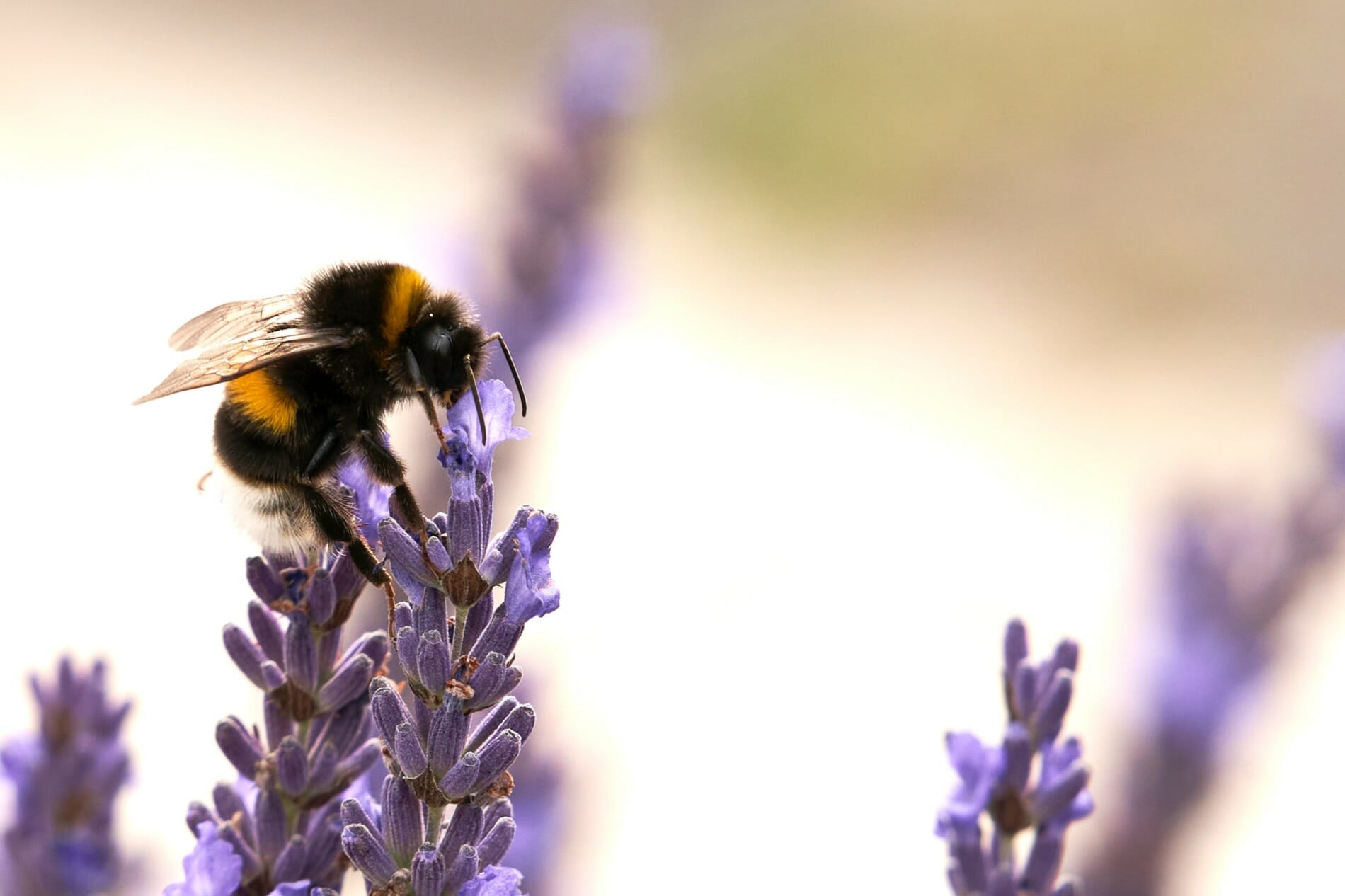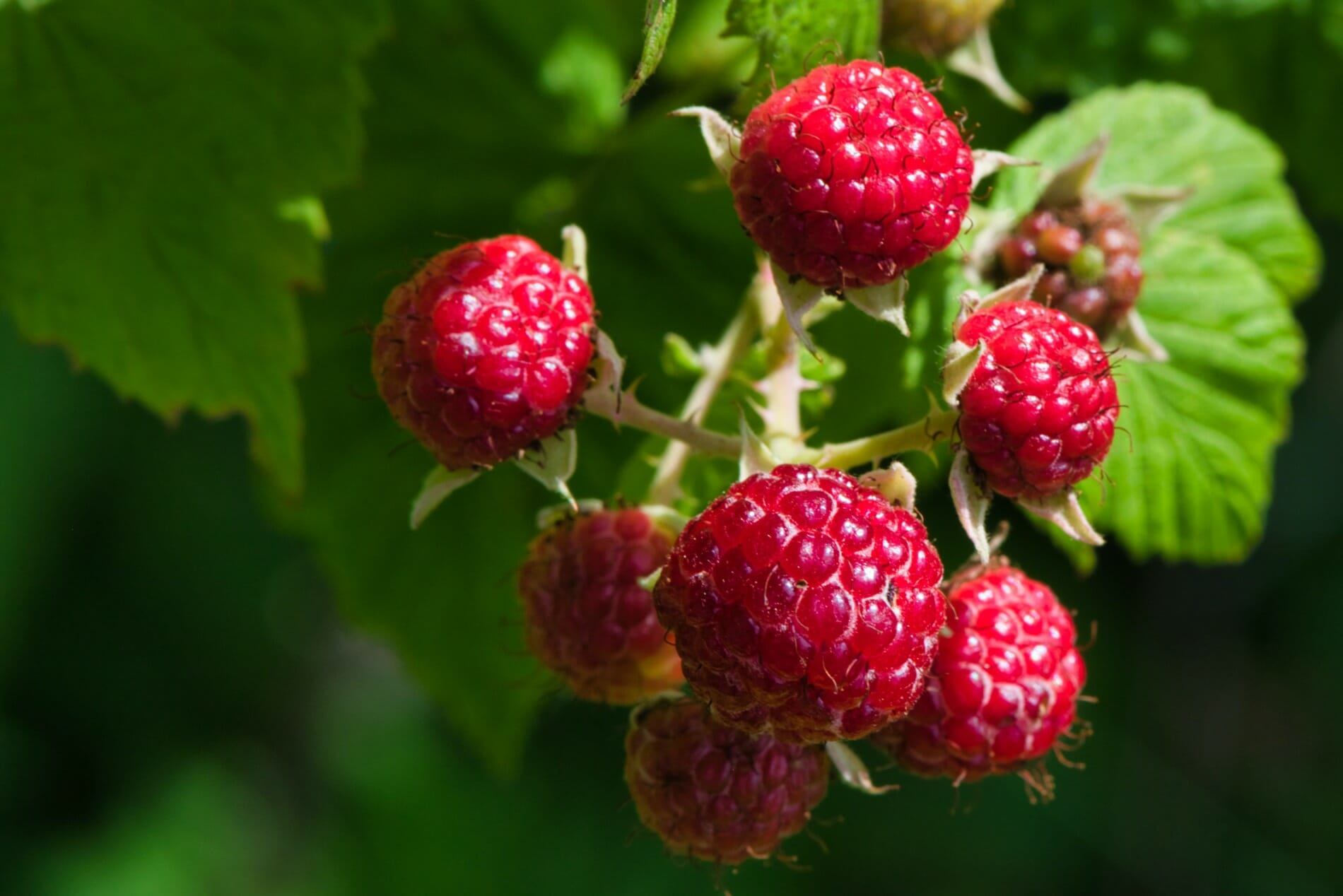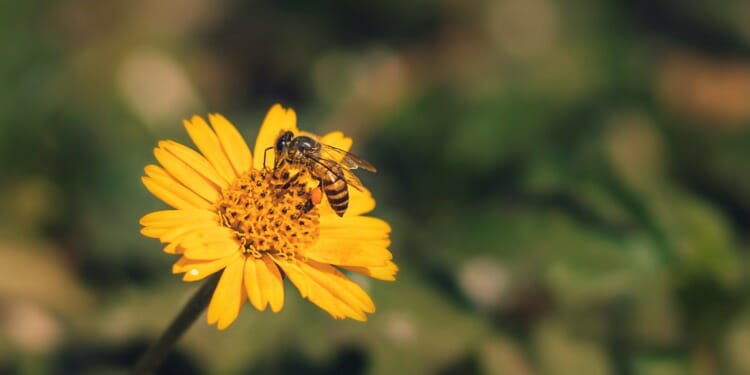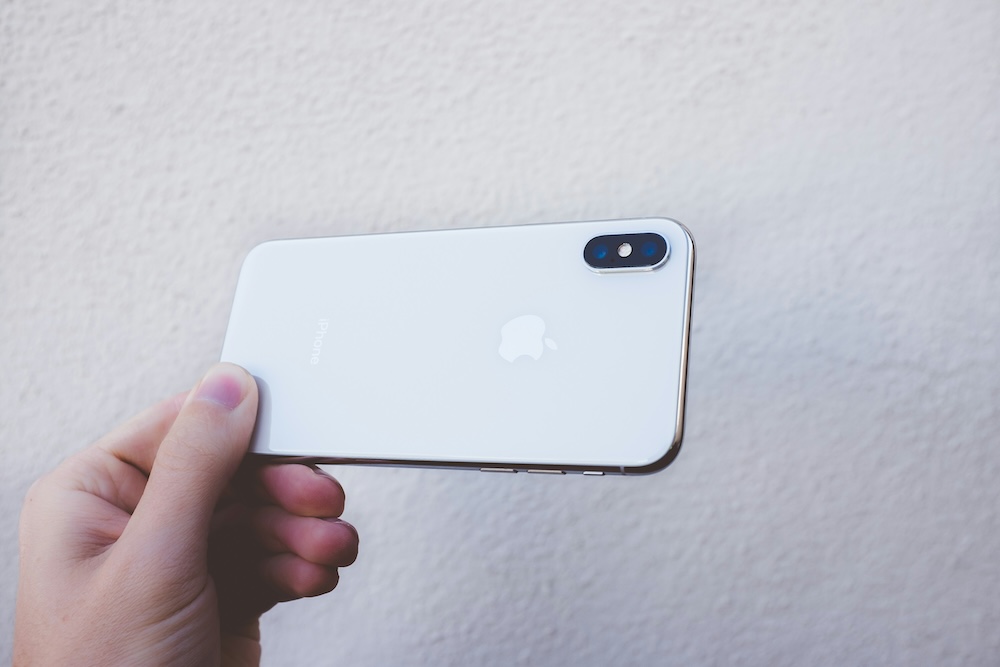Bees are vital for the planet – they pollinate a third of everything we eat, such as vegetables, fruits, nuts, coffee, tea, and cocoa beans. In addition, somewhere between 75% to 95% of all flowering plants on earth rely on the pollination by bees and other insects to survive. Each of us can help protect dwindling populations by growing bee-friendly plants.
Lately, bees have faced increasing challenges to their survival. In the US, a combination of parasites, viruses, pesticides and poor nutrition has led to a 40% of bee colonies dying each year. In the UK, 10 to 33 percent of honeybees have been lost over eight years. As Albert Einstein said, “If the bee disappeared off the face of the earth, man would only have four years left to live”.
We’ve found ten plants in a range of sizes, habitats, and colors, that you can grow to help attract these hardworking insects. Not only do these plants provide these hardworking insects with the nectar and pollen that they need to survive, they also give them vital nesting habitats.
Lavender
Lavender needs sun and well-drained soil, but comes in many varieties so you’ll likely find one that fits your garden. Not only do bees love lavender, it also smells fantastic too.

Chives
Chives tolerate cold climates relatively well, and can also be used in cooking for salads and to go with eggs. Harvest the herb leaves as required, but make sure to leave the plants to flower for the bees!
Mint
Mint is perfect for both humans and bees. The insect love its flowers, and mint can be used in cooking and drinks. Mint is low maintenance to grow, so is good for those who do not want too much commitment in the garden.
Borage
Borage is a really important plant for attracting bees. Its flowers are purple/blue, providing a pop of color in your garden.
Thyme
This is a great plant to grow in a container on the windowsill if you don’t have a garden. Lemon thyme and orange-scented thyme also give great flavor in cooking.
Apple and Crabapple Trees
If you’ve got more space, invest in a bigger plant to attract bees. An apple or crabapple tree is an excellent option. These trees produce attractive pink or white blossoms, which they love, and flowers in the spring.
Crocus
Adds some color and are easy to grow in both pots and lawns, as well as providing bees with shelter overnight.
Runner/Broad Bean
If you’re looking for a way to combine growing vegetables and attracting bees, the humble bean is a great choice. Flowering in autumn, they are protein-rich for us, and pollen-rich for the insects.

Raspberry
Another plant that is as tasty for us as it is for bees!
Verbena
Verbena do well in relatively dry and sunny conditions and in well-drained soil, attracting many varieties of pollinators.
As well as growing these bee-friendly plants, here are 5 extra tips to ensure your garden is as attractive to pollinators as possible:
- If you want to go even further to provide a habitat for bees, how about building a bee hotel? Friends of the Earth and the South Downs National Park provide easy-to-follow guides, providing an exciting activity to do with your children too.
- Plan for plants that will flower at different times of the year to ensure bee-friendly blooms across the seasons.
- Petersham Nurseries recommends planting flowers with blue, violet, purple and white flowers, as honeybees see yellow, blue and green and UV light.
- Allow lawn ‘weeds’ to grow – Lawn ‘weeds’, such as dandelions, provide vital pollen for bees. If you have to cut your lawn, consider leaving an area to grow, so they have a chance to flower.
- Provide water for bees and other pollinators by filling a dish with water to provide an area where bees can drink safely.
The opinions expressed here by Impakter.com columnists are their own, not those of Impakter.com. — In the Featured Photo: Bee on a flower . Featured Photo Credit: Gaurav Kumar










